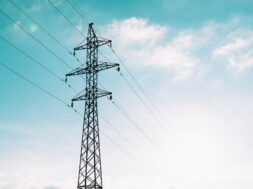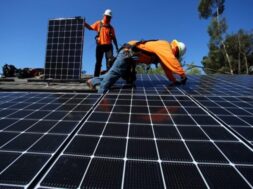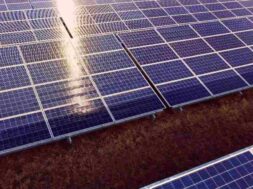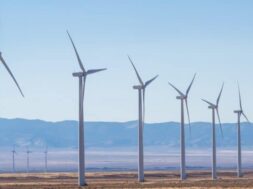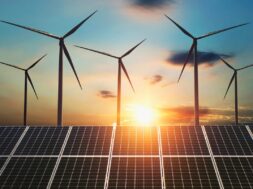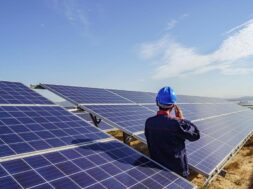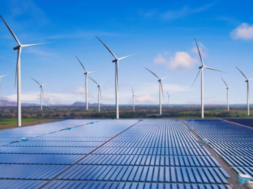
Transforming Wastelands into Powerhouses: The Role of Solar Farms in Desert Land Reclamation
Deserts, once considered barren wastelands, are now being transformed into powerhouses of renewable energy production, thanks to the rapid growth of solar farms. These large-scale solar installations are not only helping to meet the world’s ever-increasing energy demands in a sustainable manner but are also playing a significant role in land reclamation and environmental restoration.
Solar farms harness the power of the sun to generate electricity through photovoltaic (PV) panels or concentrated solar power (CSP) systems. These installations are particularly well-suited for desert environments, which offer abundant sunlight, vast expanses of unused land, and low levels of precipitation. As a result, solar farms have been cropping up in deserts across the globe, from the arid landscapes of North Africa and the Middle East to the sun-drenched expanses of the American Southwest and the Australian Outback.
One of the most notable examples of desert land reclamation through solar energy is the Noor Ouarzazate Solar Complex in Morocco. Spanning over 3,000 hectares, this massive solar farm is the largest in the world and is expected to generate enough electricity to power over a million homes. The project has not only helped Morocco reduce its dependence on fossil fuels but has also created thousands of jobs and stimulated economic growth in the region.
In addition to providing clean energy, solar farms are playing a vital role in land reclamation by transforming previously unusable desert land into productive spaces. Deserts are often characterized by poor soil quality, limited water resources, and harsh climatic conditions, which make them unsuitable for traditional agriculture or human habitation. However, the construction of solar farms can help improve these conditions by stabilizing soil, reducing erosion, and promoting the growth of vegetation.
The installation of solar panels can create a microclimate beneath them, providing shade and reducing soil temperatures. This, in turn, can help retain moisture in the soil and promote the growth of vegetation, which can further stabilize the soil and prevent erosion. Moreover, the construction of solar farms often involves the removal of invasive plant species and the planting of native vegetation, which can help restore the natural ecosystem and promote biodiversity.
In some cases, solar farms are even being combined with agricultural practices in a concept known as “agrivoltaics” or “solar sharing.” This approach involves growing crops or raising livestock beneath the solar panels, allowing for the simultaneous production of food and energy. Not only does this help maximize land use efficiency, but it can also provide additional benefits such as reduced water evaporation and improved crop yields due to the shade provided by the solar panels.
Furthermore, solar farms can help address water scarcity issues in desert regions by generating electricity for desalination plants. Desalination is a process that removes salt and other impurities from seawater, making it suitable for human consumption and irrigation. However, this process is energy-intensive and has traditionally relied on fossil fuels, which contribute to greenhouse gas emissions and climate change. By powering desalination plants with clean, renewable solar energy, countries can address water scarcity while reducing their carbon footprint.
In conclusion, solar farms are playing a crucial role in transforming deserts from barren wastelands into powerhouses of renewable energy production. By harnessing the abundant sunlight in these regions, solar farms are not only providing a sustainable source of electricity but are also contributing to land reclamation, environmental restoration, and economic development. As the world continues to grapple with the challenges of climate change and resource scarcity, the growth of solar farms in desert regions offers a promising solution for a more sustainable future.
